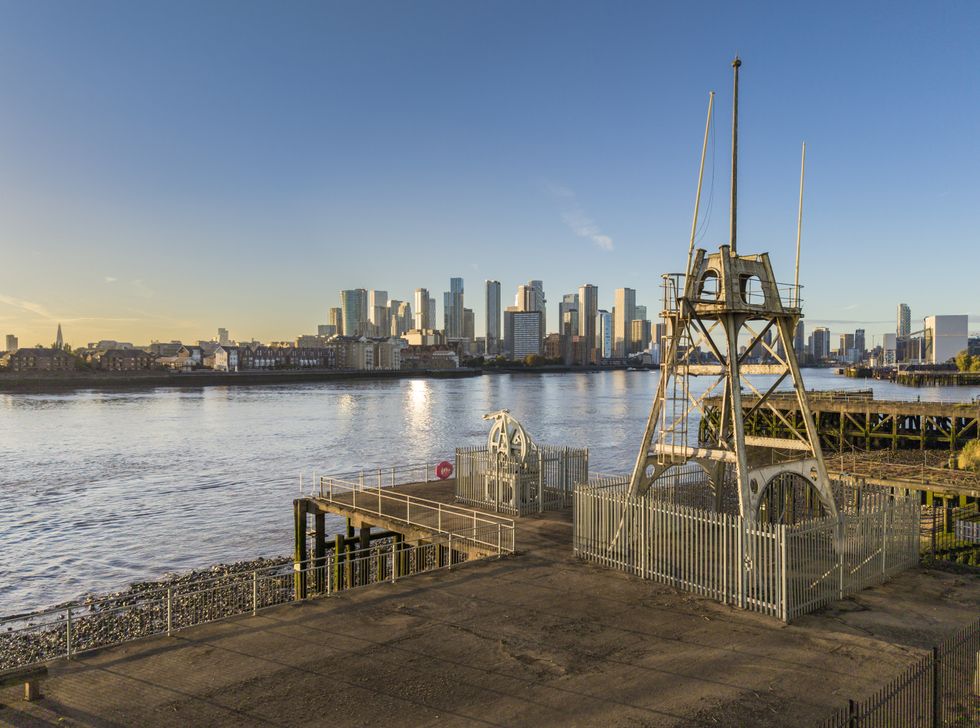Breanna Robinson
Jan 18, 2022
An influencer appeared to start punching a banana tree as an underwater volcano erupted and caused a rsunami in Tonga - but all is not what it seems.
Some people falsely claimed that video of an Indonesian tidal bore showed a tsunami triggered by a volcano eruption off the coast of Tonga.
On January 15, the Hunga-Tonga-Hunga-Ha’apai volcano erupted, sending tsunami waves sweeping over the Pacific Ocean.
Many people on social media shared a clip of the man practicing his punches on the banana tree and then running away from the waves on an undisclosed coastline, appearing to show the Tonga tsunami.
One person who posted the video to Twitter and noted that the tsunami was “unexpected”.
Sign up to our new free Indy100 weekly newsletter
“Massive undersea volcano erupted in Pacific nation of #Tonga yesterday which caused devastating #Tsunami waves crashing across the shore and people rushing to higher ground,” the person miscaptioned the post.
Unexpected #Tsunami #HungaTongaHungaHaapai #Tsunami #Tonga #Earthquake https://t.co/p16v9c0zLt— Journalist Siraj Noorani (@Journalist Siraj Noorani) 1642233000
But this video is completely unrelated to the tsunami in Tonga.
According to Reuters Fact Check, the video was uploaded to YouTube on December 6, which is over a month ago.
The full clip 3:25 second clip was one of the many videos uploaded to the channel that has been dated and shows people running from waves at the same location.
In response to comments about the video, the uploader said that it was captured by his younger brother on Ogis Beach, along the Kampar River in Indonesia.
He further said that it was the moment before a tidal bore hit shore.
The World Atlas states that a tidal bore is a natural tidal phenomenon. The edge of an incoming tide goes up a river in the opposite direction of the river’s flow, generating a wave.
Also known as just bores, they are rare occurrences that have only been reported in a few parts of the world.
Tidal bores can only form if specific circumstances are met, such as a tidal range of more than six feet and the tide being forced into a narrow, shallow river or lake.
Top 100
The Conversation (0)














